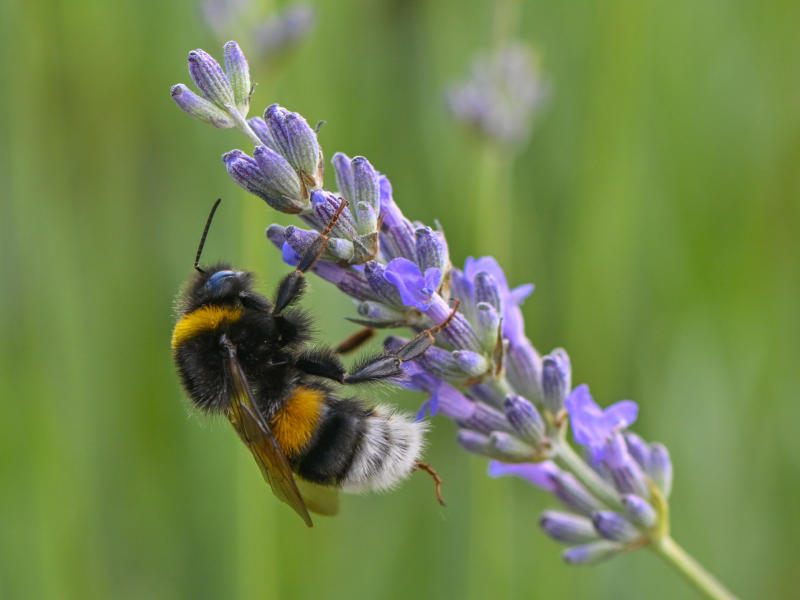Toxic Lavender: How Your Garden Paradise Becomes a Danger for Bees and Humans!

Lavender is regarded as an absolute bee magnet. Its flowers are a rich source of nectar and attract countless insects. However, a recent study reveals that many of the pretty lavender plants offered in garden centers and hardware stores are contaminated with a dangerous cocktail of pesticides. Yes, you heard right: the plants you buy to help bees could be doing the exact opposite.
Toxic Substances in the Sea of Flowers
The analysis of 16 lavender plants revealed alarming results. Some of the tested specimens contained up to eleven different pesticide residues simultaneously. Among them were substances like Spinosad and Deltamethrin, which act as neurotoxins and can cause convulsions, paralysis, and ultimately death in bees even in the smallest amounts. Imagine a bee ingesting this poisoned nectar – a death sentence in its own garden.
The Fatal Mixture: When Toxins Potentiate
The problem becomes even more critical when different pesticides come together on one plant. Studies show that the effects of such mixtures can mutually reinforce each other. What might be manageable individually becomes a much greater threat in combination. And as if that weren't enough, pesticides that have long been banned in the EU, such as the fungicide Carbendazim, which is considered harmful to reproduction, even appear. A real nightmare for biodiversity!
Not Just a Risk for Bees: The Human Side of the Danger
Pesticides are not only a threat to our little buzzing friends. The people who handle these plants daily in nurseries are also directly exposed to the harmful substances. Some of the active ingredients found are suspected of affecting the hormonal system or even being carcinogenic. Since there are no legal limits for pesticide residues on ornamental plants, buyers and growers are particularly defenseless here.
How to Protect Your Garden and the Bees
Don't worry, you don't have to give up the beloved lavender! It remains a wonderful plant for bees. The key lies in conscious purchasing. When choosing lavender for your garden, be sure to pay attention to its origin. Prefer plants from controlled, preferably pesticide-free cultivation.
Your Guide to Bee-Friendly Lavender
Look for lavender from organic nurseries or certified suppliers. Labels like Naturland or DE-ÖKO-003 are a good indication that chemical-synthetic pesticides have been avoided. Plants with Germany as the country of origin also often perform better in tests. With these simple tricks, you can truly transform your garden into a safe paradise for bees while doing something good for yourself and the environment. Let's work together to ensure that our lavender bed offers only sweet nectar and no toxic cocktail!
This article has been automatically translated, read the original article here.





